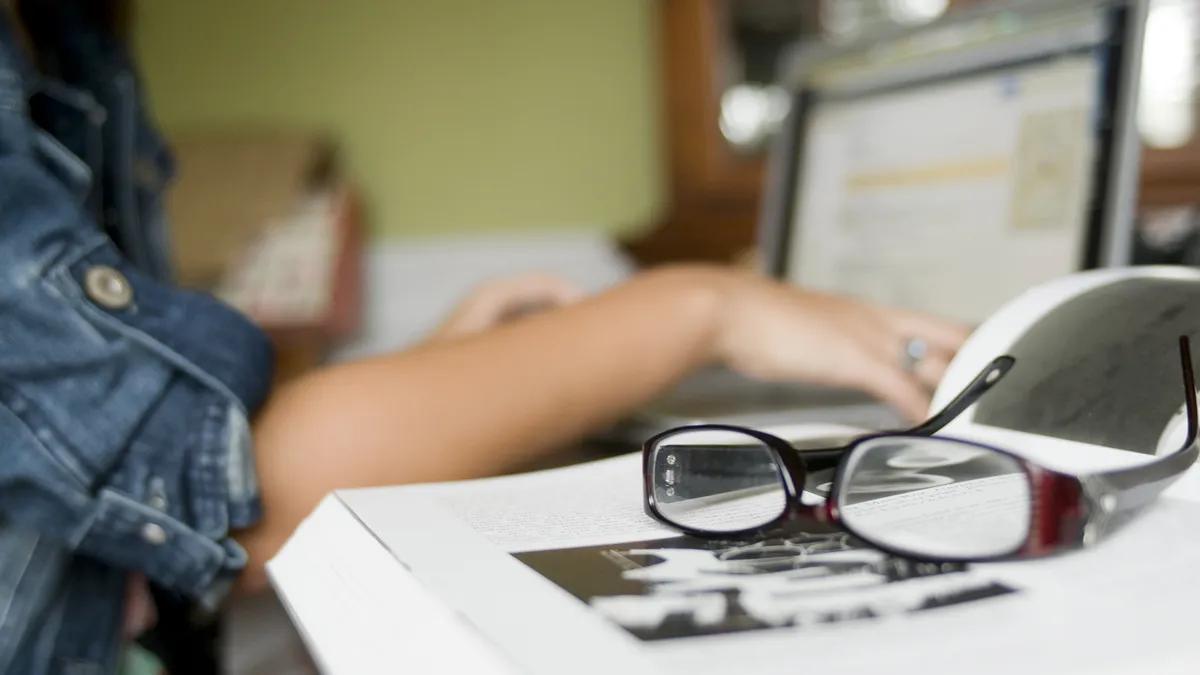Teachers and administrators are reaching out and communicating with students about how school has changed because of closures, but what students would like is a better online classroom experience and more interaction with teachers and peers, according to survey results from Phi Delta Kappa International.
Nineteen percent of high school students responding, for example, said video chats would make them feel more connected during remote learning, but only 2% could give examples of how their teachers had done this well.
The respondents are part of PDK’s Educators Rising program for high school students who are interested in the education field, so the small sample is not representative of all students nationally. But Josh Starr, PDK International CEO, said during a webinar last week hosted by the Collaborative for Academic, Social and Emotional Learning that he wanted student voice to “inform the conversation.”
“Adults have always been really good at assuming what kids need and then convincing themselves that that’s what they need, and then blaming the kids when they don’t respond well,” he said.
Yoga and exercise, watching programs, listening to music and practicing hobbies are among ways students said they are handling the stress and anxiety related to the pandemic.
With plans to go into teaching, the students also responded that being prepared, staying flexible and providing emotional support for students are among the lessons they are learning from this crisis.
'Very difficult to do work at home'
Student Voice, a national organization, has also been capturing students’ perspectives, using focus groups to discuss the coronavirus and the shift to distance learning. In a recent conversation, students shared the recognition that they were living through something historic. But they expressed uncertainty toward how the pandemic was affecting their education.
“I'm supposed to graduate this year, but I don't know what's happening with my classes, if we’re going pass/fail or not,” said Jenna Yuan, a senior at Eastlake High School in Sammamish, Washington, and chair of the Washington State Legislative Youth Advisory Council.
But she said her teachers have been flexible with schoolwork and noted her classmates will sometimes have a group chat to propose that a teacher grant an extension on an assignment.
Joshua Omolola, a student board member with Prince George’s County Public Schools in Maryland, reiterated the finding from the PDK poll that schools and districts have been effectively communicating information about meal distribution and exploring the level of technology access students have at home.
He said some teachers are also giving shorter lessons and using a lot of documentaries to teach during this time. “I realized very early on that it is very difficult to do work at home when your bed is three feet away,” he said.
Madeline Lukaart, a 7th grader at Eastern Middle School in Ada, Michigan, said some of her friends are having a hard time handling distractions at home and are spending more hours on social media, “which I don’t think is probably the most healthy.”
Omolola added, however, that social media is primarily the way students can stay connected with their friends now and “find things we like in common.”
Merrit Jones, the president of Student Voice — who also moderated some of the discussion — even suggested educators might want to look at Tik Tok for inspiration during this time. “It’s short and digestible and entertaining and creative,” she said. “How can we build learning experiences in this moment that do just that?”
The students also talked about how teachers are grading during remote learning.
Yuan added she thought teachers should be grading and giving feedback in a different way during this time to show consideration for how students’ learning environment has changed.
Lukaart agreed, saying if students are completing the work, “it’s really good because they’re not receiving as much of the help that they used to receive.”
Omolola said in PGCPS, he’s been advocating for a method in which students close to passing a class before schools closed would be given the additional points to pass, especially if they don’t have reliable internet to be on Zoom calls. He added when school resumes in the fall, he thinks educators should give students time to review before moving on to grade-level or new course material.
Omolola also urged educators to think about what students have been learning on their own during their time at home.
“So long we’ve been taught, you know, you put students in a desk, put them in rows. That’s how they learn better,” he said. “Then we get into a situation like this and students have to be creative with the way they learn. We’re realizing there are so many more opportunities out there for them to actually express themselves. I think when we come back from this, we’re not going to be in rows anymore.”






















